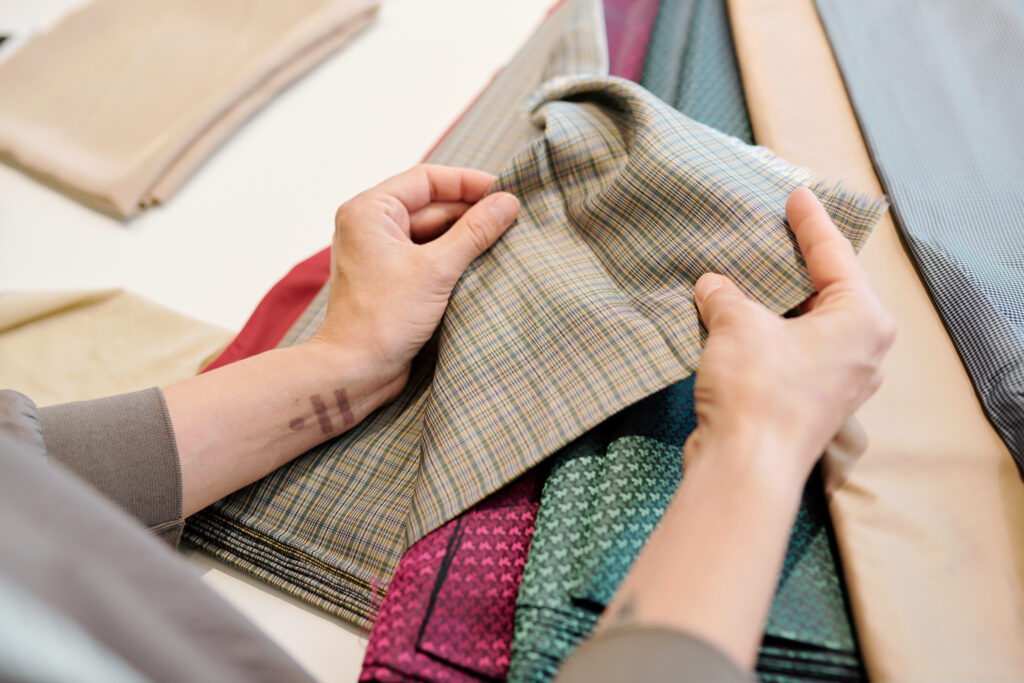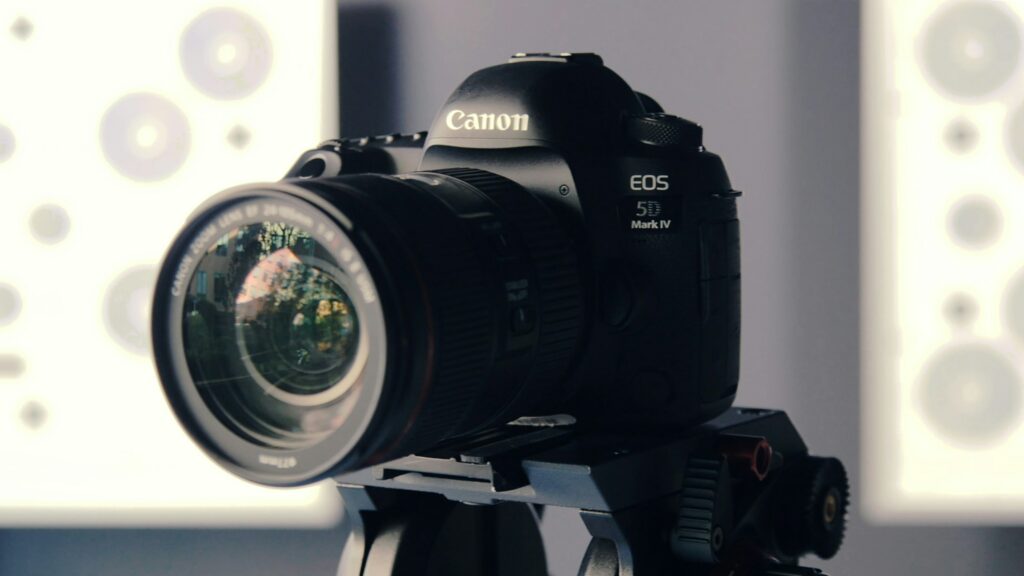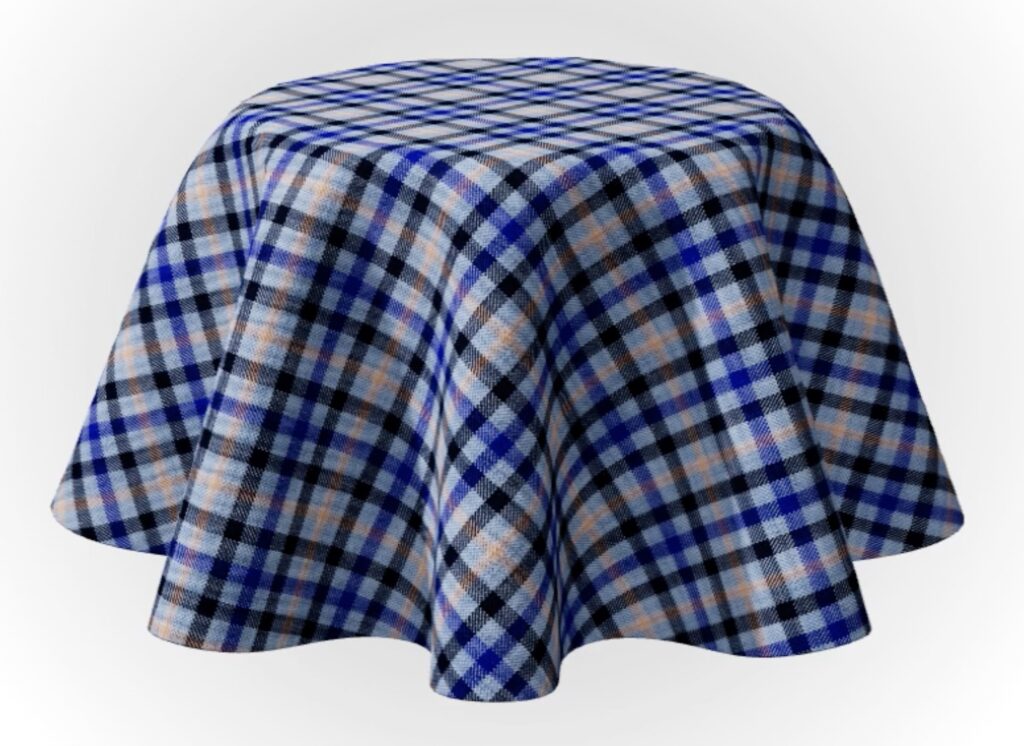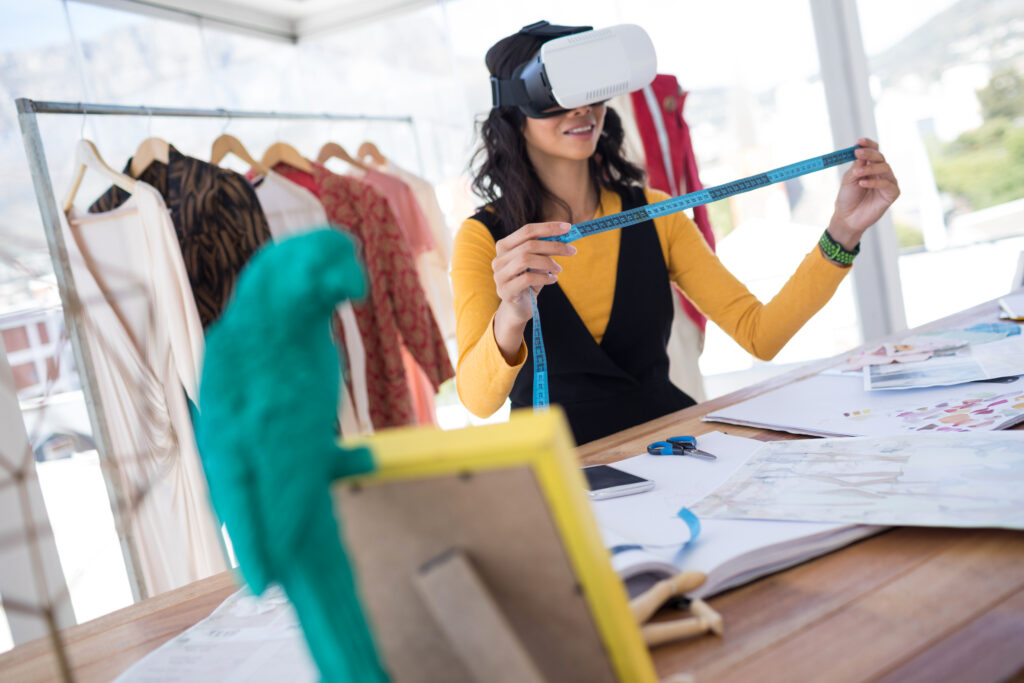The textile and apparel industry is shaped by centuries of innovation—from the humble loom to the transformative waves of the Industrial Revolution. How we visualize and design fabrics is undergoing another monumental shift in the digital age.
Historically, the industry has relied on 2D fabric photography for its simplicity and accessibility to see digital versions of textiles. However, recent advancements in AI and 3D material scanning technologies have revolutionized this process, capturing intricate fabric details such as color, texture, shine, and depth, thus enabling more realistic digital recreations.
This article delves into the two dominant technologies redefining the landscape: traditional 2D photography and cutting-edge 3D fabric scanning.
By understanding these methods, designers, manufacturers, and retailers can make informed decisions that align with their strategic goals and respond effectively to the dynamic demands of the market.

Table of Contents
The Traditional Approach: 2D Fabric Photography
2D fabric photos have been the backbone of digital fabric representation for decades. Anyone can capture fabric design, color, and general aesthetic details with a high-quality camera and good lighting. These images are typically used in fashion catalogs, online retail, and design portfolios, providing a straightforward visual reference for clients and customers.

Benefits of 2D Fabric Photos
1. Minimal Setup and Ease of Use
A camera and good lighting are usually all the set-up that’s needed. No complicated design or editing software knowledge is required, making it an accessible option for most. A high-resolution camera can capture enough visual details for an accurate 2D representation.
2. Cost-Effective
Compared to 3D fabric scans, 2D photography is significantly less expensive. It’s an affordable option for limited budgets or smaller-scaled projects. Depending on the level of detail desired, software or training to process images isn’t necessarily required.
3. Universal Compatibility
2D images are universally supported across multiple digital platforms. They can be easily shared and viewed without specialized tools. Photos can be edited with any tool, making them versatile for marketing and communications.
Limitations of 2D Fabric Photos
1. Lighting, Angle, and Color Variances
Variances in lighting and angles can skew color accuracy and distort texture representation in the final image. Without a standardized capture environment, fabric photos may not accurately convey the material’s true colors and texture. Low image fidelity can’t be effectively used on design software. This can be misleading for quality control and customer satisfaction since what they see might not be what they get.
2. Lack of Depth
Standard photos can’t capture the three-dimensional essence of fabrics, limiting the accuracy of the visual representation. Variances in lighting and angles can skew color and distort texture representation in the final image, making it difficult to imagine its true-to-life characteristics.
As the digital-first marketplace grows, there is an increasing demand for an accurate method of fabric visualization that effectively bridges the physical to the digital realm. While 2D photos offer a cost-effective solution for basic representation, the emergence of 3D scanning introduces a new dimension of accuracy and detail.
The Next Generation: 3D Fabric Scanning
3D fabric scanning utilizes advanced imaging techniques to map out the color, texture, shine, depth, and other properties of materials, creating a “digital twin” of the fabric.
Benefits of 3D Fabric Scans & Scanners
1. High-fidelity 3D Representation of Texture, Depth, and Material Properties
Scanners automate everything from lighting setups to post-processing, significantly reducing the time and manual labor required. The controlled scanner environment ensures consistent, high-fidelity digital replicas of fabrics, reproducing their textures and colors in a virtual environment. Higher-quality images also create texture maps used in the design process.
This capability is particularly beneficial for designers who rely on detailed fabric characteristics to make product decisions. Material suppliers can also swiftly compile comprehensive digital fabric libraries and facilitate remote collaboration with clients around the globe.
2. Realistic Visualization for Virtual Prototyping
Integrating AI technology with 3D scanning opens up new possibilities for fabric suppliers. Detailed data collected allows for realistic 3D renderings and simulations of how fabrics will look and behave on virtual models or in interior design settings.
The depth of detail captured in 3D scanners, like the NunoX Premium Scanner, allows for a level of accuracy in digital fabric representation that is unachievable with 2D photography.
This accuracy is crucial for applications such as virtual prototyping and augmented reality (AR), which are increasingly important in design and retail.

3. Enhanced Interactivity in Digital Environments
3D fabric models can be integrated into various digital platforms, AR, and virtual reality (VR) settings, enhancing the user experience by providing more immersive and interactive visual content.
With AR, retailers can create interactive experiences, like using AR to try on clothes without physically visiting the store. With VR, designers can create prototypes and see how it looks on a model before it’s produced in real life. This reduces the need for physical samples and prototypes, lowers costs, and speeds up the design process.
Designers can also create digital clothing for characters in video games and online avatars. The market for virtual fashion is growing as people enjoy customizing their characters with statement pieces in the digital space to show off their personalities.

Limitations of 3D Fabric Scans & Scanners
1. High Initial Costs and Specialized Training
Although the upfront investment for 3D scanners can be substantial, the long-term benefits often justify the initial outlay. The high precision and detailed outputs of 3D scans minimize errors in production and significantly reduce waste, resulting in considerable cost savings over time.
The requirement for specialized training to operate advanced scanning software training equips staff with high-level skills, fostering a culture of innovation and ensuring that the company remains competitive. Investing in employee development enhances capability and boosts morale and retention.
2. Complex Data Management
Managing the large volumes of data generated by 3D scanning requires a solid IT infrastructure. While setting up such infrastructure entails significant investment, it enables companies to manage more complex projects efficiently and scale operations effectively. The robust data processing capabilities are essential for companies looking to lead in the digital age.
The scalability and adaptability provided by 3D fabric scanning allow companies to adapt to new market trends and customer demands. By integrating this technology, businesses can transform their production lines into flexible digital systems, achieving unprecedented efficiency and precision in meeting the rapidly evolving needs of contemporary markets.
Side-by-Side Look: 2D Photography vs 3D Fabric Scanner
While 2D fabric photos and 3D fabric scanning serve similar purposes, their applications and impact vary significantly depending on the specific needs of a project.
| 2D Photography | 3D Fabric Scanner | |
| Digital Color and Texture | Basic color and texture representation. | High-fidelity images of texture, color, and depth details. |
| Cost & Long-Term Investment | Cost-effective. Minimal setup. Lower upfront investment, but may incur higher costs with design revisions and sample production. | Higher initial costs for hardware and software. Costs offset in savings from sample production, enhanced design capabilities, and waste reduction. |
| Ease of Use | Manual camera, lighting, and angle set-up. | Pre-set photo capture environment. Scanning and processing times vary. |
| Industry Applications | Used for marketing, online retail, and initial design evaluations where fine detail is less critical. | Ideal for VR, AR, virtual prototyping, and digital archiving, where dimensional accuracy and detailed textures are required. |
| Future Scalability | Limited scalability due to lack of detailed data. May face limitations as industries push for more immersive and interactive digital experiences. | High scalability. Enhanced by compatibility with AR, VR, and other advanced digital technologies. Provides a robust foundation for future advancements in digital fabric handling. |
| User Experience | Standard user interaction through images in catalogs and websites. | Enhance interactive experiences with realistic visualizations in virtual environments. |
The Future of 3D Fabric Scans in Fashion Design
The shift towards digital representations of materials through 2D fabric photos and 3D fabric scanning has profound implications. It pushes businesses to rethink the entire design, production, and distribution lifecycle. Whether integrating basic 2D images or leveraging detailed 3D scans, the future of fabric visualization is digital.
Curious about the possibilities of digital fabric technology? Discover more about our innovative NunoX Premium Scanner and what it can do for you. Get in touch with our team for more information!
